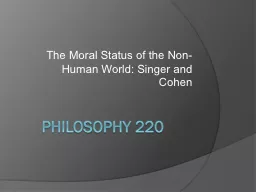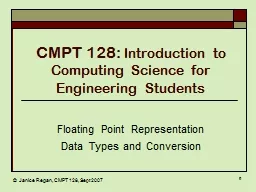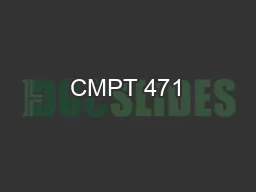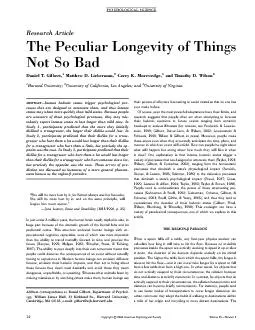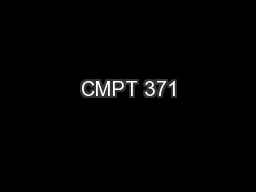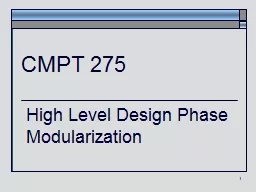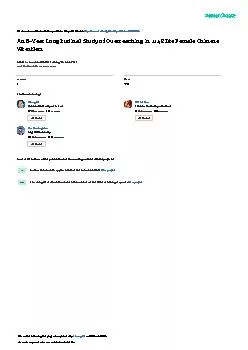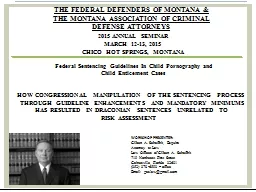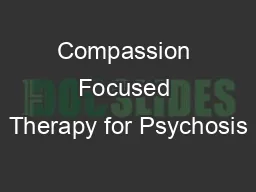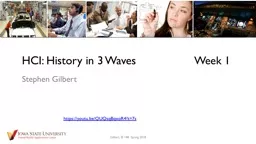PPT-Gilbert Regan PhD Student
Author : majerepr | Published Date : 2020-11-06
Traceability Assessment Model and Roadmap for the Medical Device Domain Presentation Overview Lero RSRC Overview Objectives of this work Research Question Need
Presentation Embed Code
Download Presentation
Download Presentation The PPT/PDF document "Gilbert Regan PhD Student" is the property of its rightful owner. Permission is granted to download and print the materials on this website for personal, non-commercial use only, and to display it on your personal computer provided you do not modify the materials and that you retain all copyright notices contained in the materials. By downloading content from our website, you accept the terms of this agreement.
Gilbert Regan PhD Student: Transcript
Download Rules Of Document
"Gilbert Regan PhD Student"The content belongs to its owner. You may download and print it for personal use, without modification, and keep all copyright notices. By downloading, you agree to these terms.
Related Documents


